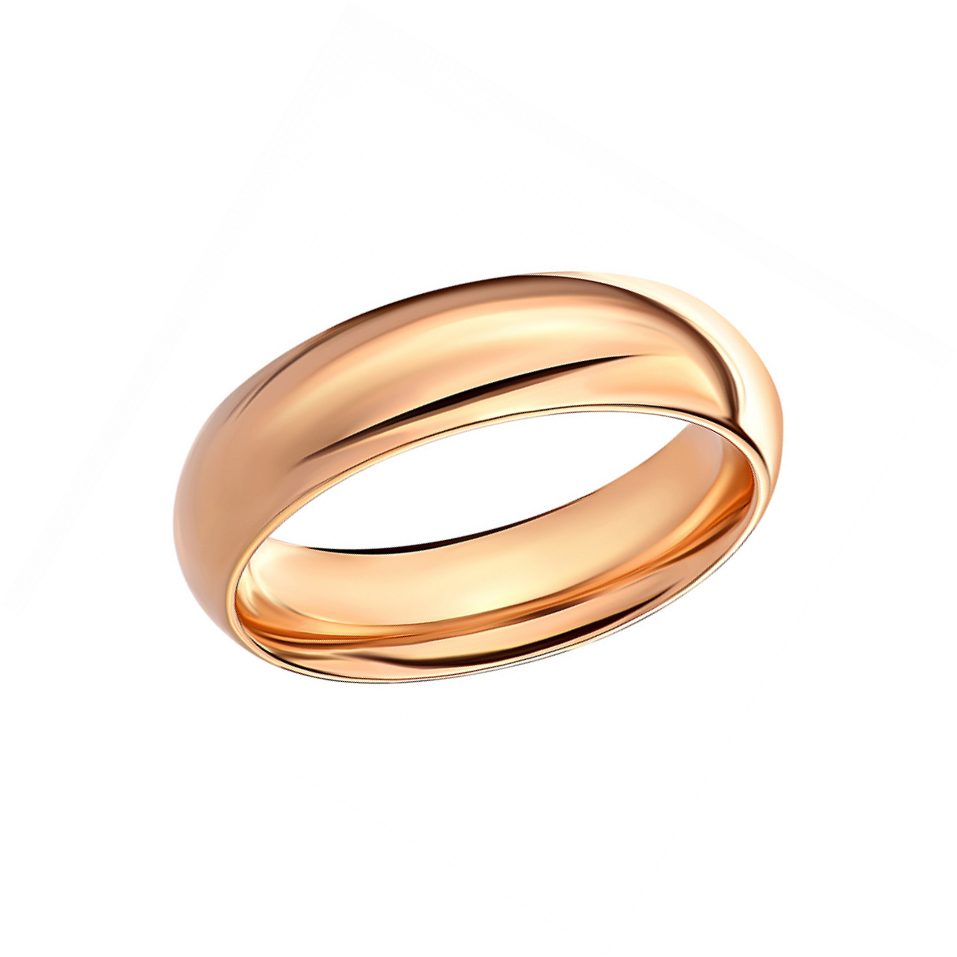Certainly, in the world of jewelry, quite a few exciting new materials have begun to revolutionize the industry. Here are a few of them:
- Lab-Grown Diamonds: Synthetic or lab-grown diamonds are identical to natural diamonds, from physical and chemical properties to visual appearance, but are produced in a laboratory rather than mined from the earth. This process significantly reduces the environmental impact and ethical concerns associated with traditional diamond mining. Moreover, the process can be controlled to produce diamonds of particular sizes, qualities, and colors more efficiently.
- Tungsten Carbide: This has become a popular material for men’s wedding bands. Tungsten carbide is a rigid material, and rings made from it are scratch-resistant, making them more durable for everyday wear. Moreover, they tend to be more affordable than traditional precious metals.
- 3D Printed Metals: 3D printing technologies have made it possible to create intricate, complex designs in various metals that would be very difficult or impossible to produce using traditional methods. This includes not only base metals but also precious metals like gold and platinum.
- Sustainable Materials: With an increasing focus on sustainability, materials like recycled metals, ethically sourced gemstones, and even ‘green’ gold are gaining popularity. This is part of a more significant trend across many industries to decrease environmental impact and promote responsible sourcing.
- Alternative Gemstones: With advancements in lab-grown technologies, it’s not just diamonds being created. Rubies, sapphires, emeralds, and other precious stones are now being synthesized in labs. Additionally, semi-precious stones like morganite and moissanite are gaining popularity as less expensive and equally beautiful alternatives to traditional precious stones.
- Smart Jewelry: In wearable technology, jewelry pieces are becoming multifunctional. These smart jewelry pieces can track health metrics, provide smartphone notifications, and even have security features. These pieces often use materials designed for durability and electronic functionality.
- Ceramics: In high-end watches and jewelry, ceramics are used more frequently due to scratch resistance and color retention. For example, a ceramic watch can maintain its shine and color for decades and is also lightweight.
- Bio-Compatible Materials: Bio-compatible materials like titanium and certain types of plastics are becoming increasingly popular for body jewelry, especially for piercings. These materials reduce the risk of allergic reactions and infections.
Each of these materials has its unique set of properties that are helping to push the boundaries of what is possible in jewelry design and manufacture, contributing to a revolution in the jewelry world.
In conclusion, the jewelry industry is in a dynamic and exciting change spurred by various innovative new materials. From lab-grown diamonds that challenge traditional mining practices to tungsten carbide and ceramics offering exceptional durability, these materials are redefining our perception of jewelry. The rise of 3D-printed metals and smart jewelry pieces signals the convergence of technology with aesthetics, expanding the creative possibilities. Furthermore, the shift towards sustainable and bio-compatible materials is a testament to the industry’s commitment to environmental and consumer well-being. These advances are transforming the landscape of the jewelry industry and creating a broader and more inclusive definition of what jewelry can be. The new materials revolutionizing the jewelry world today promise a future of diverse, ethical, and innovative designs that cater to a wide range of tastes and preferences.

Professional jewelry journalist, blends Art History and Journalism degrees to provide insightful, vivid, and comprehensive narratives in the realm of jewelry. Known for interviewing industry bigwigs and covering international shows, Anna’s work is a beacon for both professionals and enthusiasts. A cherished gem in jewelry journalism.




